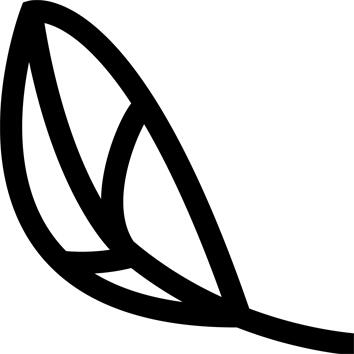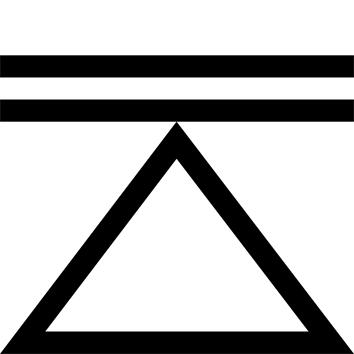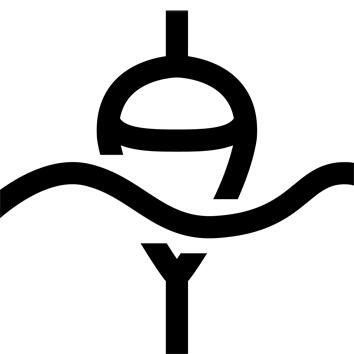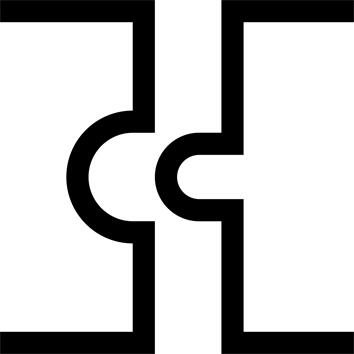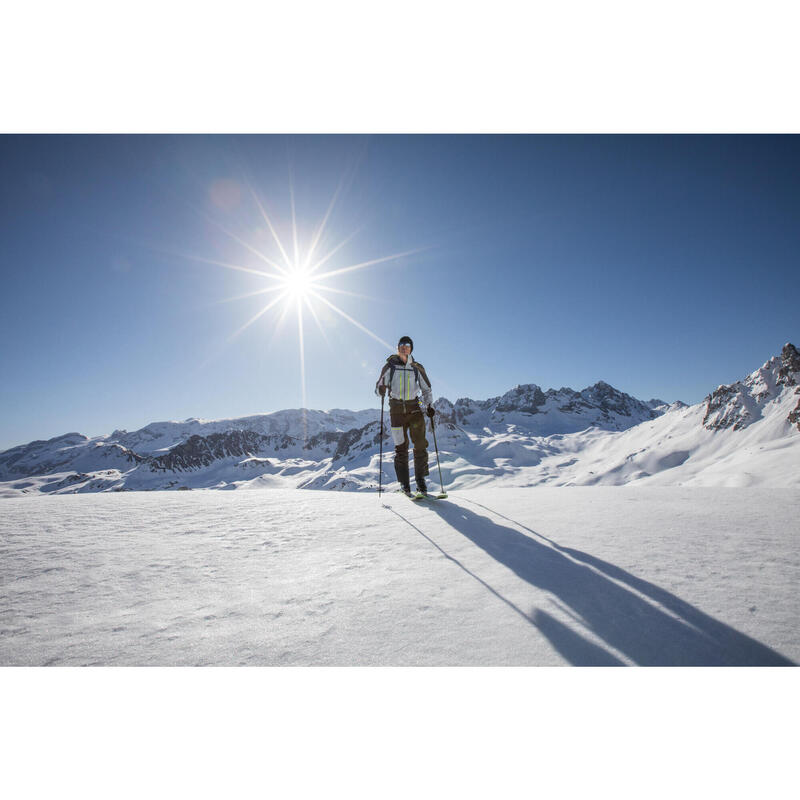Product improvement: addition of skin netting
As of September 2021, and in response to your feedback on our website, we have decided to add a skin net to our touring skis.
To maintain good glue adhesion, we recommend storing the skins on the net.
What is Mountain Touring
Mountain Touring is our definition of ski touring in the mountains.
Make your own tracks, create your own ascent itinerary far from the ski resorts.
Descend where the snow seems best and the slope least exposed to avalanche risk.
Authentic ski touring.
You evolve in a wild mountain environment, you must master your movements, prepare your outings and know your avalanche safety equipment.
Don't go out alone.
Ski features
Weight ski 162cm: 1365g ski only / pack 1920g
Weight ski 170cm: 1470g ski only / pack 2025g
Weight ski 178cm: 1575g ski only / pack 2130g
Dimensions:
162cm => 124/88/109 cm Radius => 16m
170cm => 127/89/111 cm Radius => 17m
178cm => 129/90/113 cm Radius => 18m
Profile: Rocker/Cambre/Rocker
Binding weight: 555g
Fasteners
TOUR FREE insert touring ski bindings with ski stop.
DIN 4 to 10
The ski stop means you don't have to put on a leash, which makes putting on the binding easier and safer in the event of an avalanche. The ascent wedges can be operated with the pole, in 3 positions, one flat and 2 up. To switch to ascent mode, squeeze the ski stop's heel support by hand to turn the heel. Compatible with Wedze and Dynafit knives
Fastener adjustment
FREE TOUR bindings are compatible with insert ski boots.
ski length = 162 cm / Binding adjustment for boots from 257 to 307 mm
ski length = 170 cm / Binding adjustment for boots from 267 to 317 mm
ski length = 178 cm / Binding adjustment for boots from 287 to 337 mm
Adjustment requires a torx screwdriver or pipe wrench (size 8mm), and a small and large flathead screwdriver. We recommend in-store adjustment.
Skins
The skins are pre-cut to the sidecut of the skis. They are made from 70% Mohair and 30% synthetic, the best compromise between glide (on ascents to limit effort) and grip (on ascents to limit the recoil effect). The skins are fitted with a metal stirrup at the front to attach to most ski tips, and an adjustable camlock at the rear to secure the skin to the ski heel. It's important to air-dry your skins thoroughly.
Construction
The MT90 is built with a Karuba wood core and carbon throughout.
What is the advantage of this construction? Responsiveness and lightness.
Solidity
Semicap construction to avoid chipping when skis are crossed.
Predominantly black soles for easy repairs.
Preparation
Skis waxed and sharpened, ready to use. Edges sharpened to 89
What is a camber?
When a ski is placed on the ground, the contact points of the ski on the snow are located near the tip and tail, while the center of the ski (under the bindings) rises slightly (this is the camber). The longer and higher the camber, the more grippy and responsive the ski. The lower the camber, the more forgiving and maneuverable the ski.
What is a rocker?
On a rocker ski, the tip - and sometimes the tail - lifts off the ground much earlier than on a cambered ski. This shifts the contact points towards the center of the ski. This shortens the ski's surface area in contact with the snow, giving you more maneuverability and lift in soft snow. The angle of the rocker gives you more edge length for greater grip on hard snow. The longer the rocker, the more maneuverable your ski.
Autoride rocker
Slight rocker in tip and tail, camber underfoot. This type of shape favors maneuverability and tolerance to snow changes. You get the maneuverability of a shorter ski when skidding, and the stability of a longer ski as soon as you put it on edge.
What does a ski's sidecut correspond to?
The sidecut is characterized by 3 dimensions: width at the tip (front of the ski), width at the runner (middle of the ski) and width at the tail (back of the ski). The wider the tip, the more easily the ski enters the turn. The narrower the runner, the grippier the ski on hard snow. The wider the runner, the more comfortable and stable the ski is in changing snow conditions.
How to choose the right ski size?
The shorter the skis, the more maneuverable they are.
This is why beginners should choose shorter skis.
In general, for ski touring, we recommend choosing skis:
from -5cm to -10cm below your height.
The length can also vary according to the terrain:
In resorts, on marked itineraries: from -5cm to -15cm below the skier's height,
In the mountains from 0 to -10cm below the skier's height.
